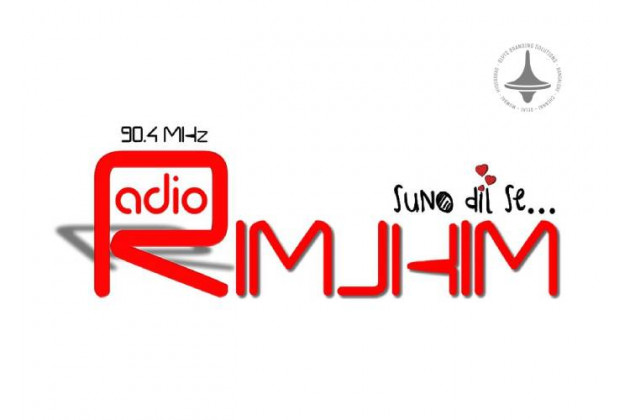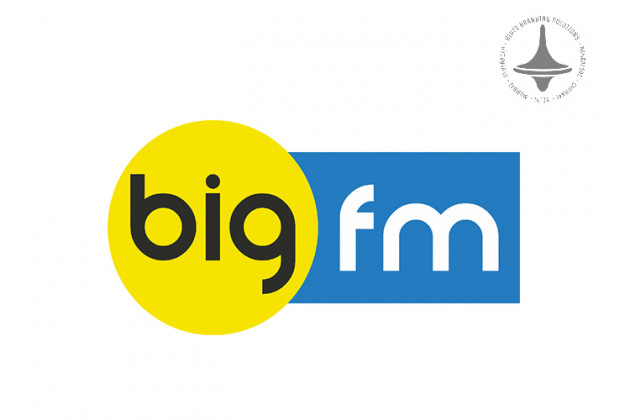WiFi Powered | Digital Advertising | Stadiums | Marketing | Elyts

Stadiums have long been a hub for advertising, with traditional banners, screens, and sponsorship logos decorating every inch of the space. However, in recent years, a new wave of innovation has emerged: WiFi-powered digital advertising. As stadiums evolve into digitally connected arenas, marketers are tapping into WiFi networks to deliver targeted, real-time advertisements directly to fans’ devices.
What is WiFi-Powered Digital Advertising?
WiFi-powered digital advertising leverages a stadium's
wireless internet network to broadcast personalized ads to fans connected to
the WiFi. This form of advertising capitalizes on the modern fan's reliance on
smartphones for real-time updates, social media engagement, and instant
communication during events. By harnessing the data collected through WiFi
usage, advertisers can tailor their messages to specific demographics,
behaviors, and preferences.
Why Are Stadiums Embracing This Trend?
- Enhanced
Fan Engagement: Modern sports fans expect interactive and engaging
experiences. WiFi-powered ads allow for personalized promotions,
discounts, and exclusive content that resonate more than static displays.
- Real-Time
Targeting: Unlike traditional billboard advertising, WiFi-driven
messages can change based on in-game events, weather conditions, or crowd
reactions, keeping promotions relevant.
- Monetization
Opportunities: Stadiums can partner with brands to create dynamic ad
campaigns, increasing revenue while providing value to fans through
connectivity.
- Data-Driven
Insights: WiFi analytics offer insights into fan behavior, helping
advertisers optimize their campaigns based on location, movement patterns,
and engagement metrics.
Real-World Examples
Several major stadiums worldwide have adopted WiFi-powered
advertising. For instance, the Levi’s Stadium in San Francisco utilizes its
robust WiFi infrastructure to deliver promotions for food, beverages, and
merchandise directly to attendees’ smartphones. Similarly, the Tottenham
Hotspur Stadium in London offers personalized content based on user
preferences, enhancing both fan experience and advertising effectiveness.
The Future of Stadium Advertising
As technology continues to advance, WiFi-powered digital
advertising is set to become even more sophisticated. Integration with AI and
machine learning will enable predictive advertising based on fan sentiment and
in-game actions. Moreover, 5G connectivity will further improve data speed and
personalization, making the ads more immersive and instantaneous.
Conclusion
WiFi-powered digital advertising is reshaping the stadium
experience. By merging connectivity with marketing, stadiums not only enhance
fan engagement but also open new revenue streams. As more venues invest in
robust WiFi infrastructure, this form of digital advertising will undoubtedly
become a staple in modern sports and entertainment marketing.
Elyts Advertising and Branding Solutions | www.elyts.in (India) | www.elyts.agency (UAE)






















Leave a Comment